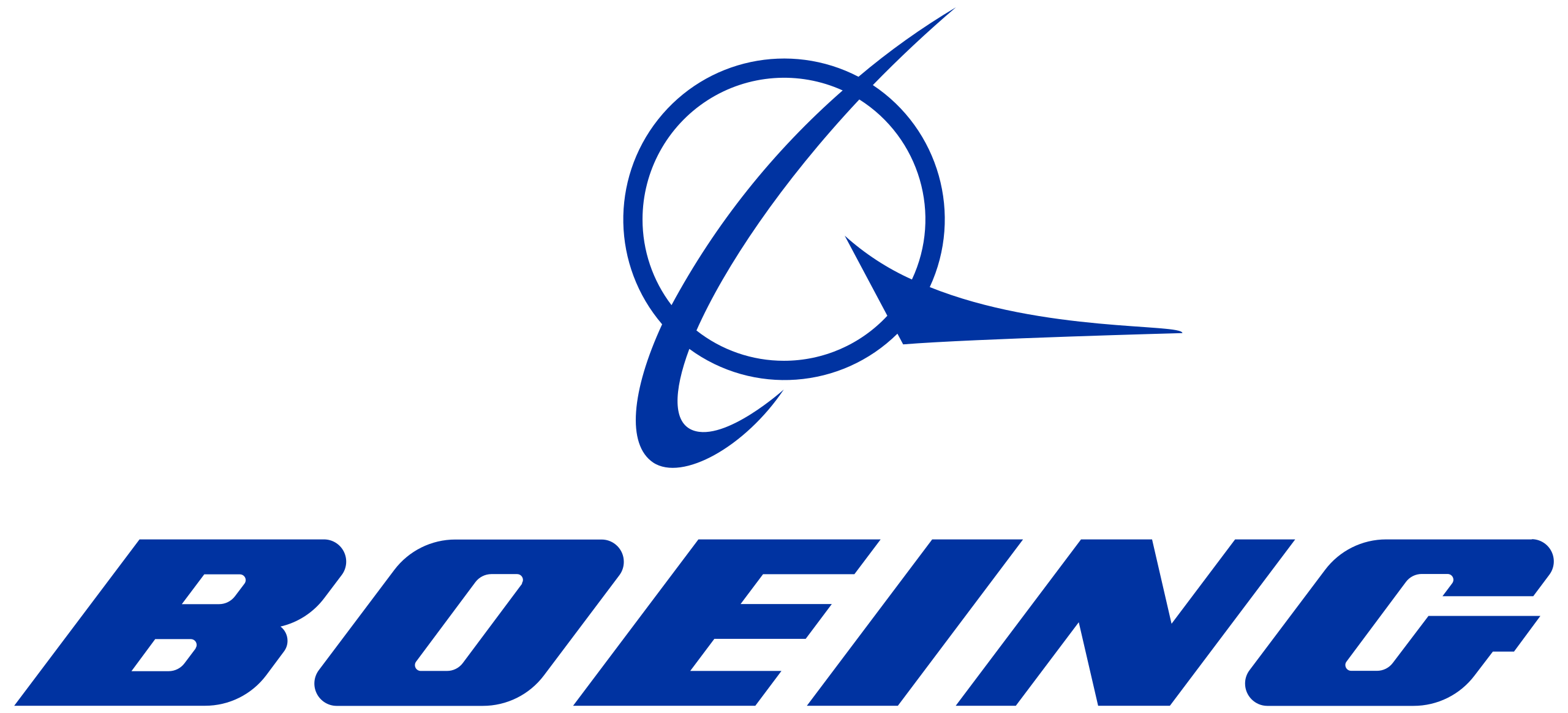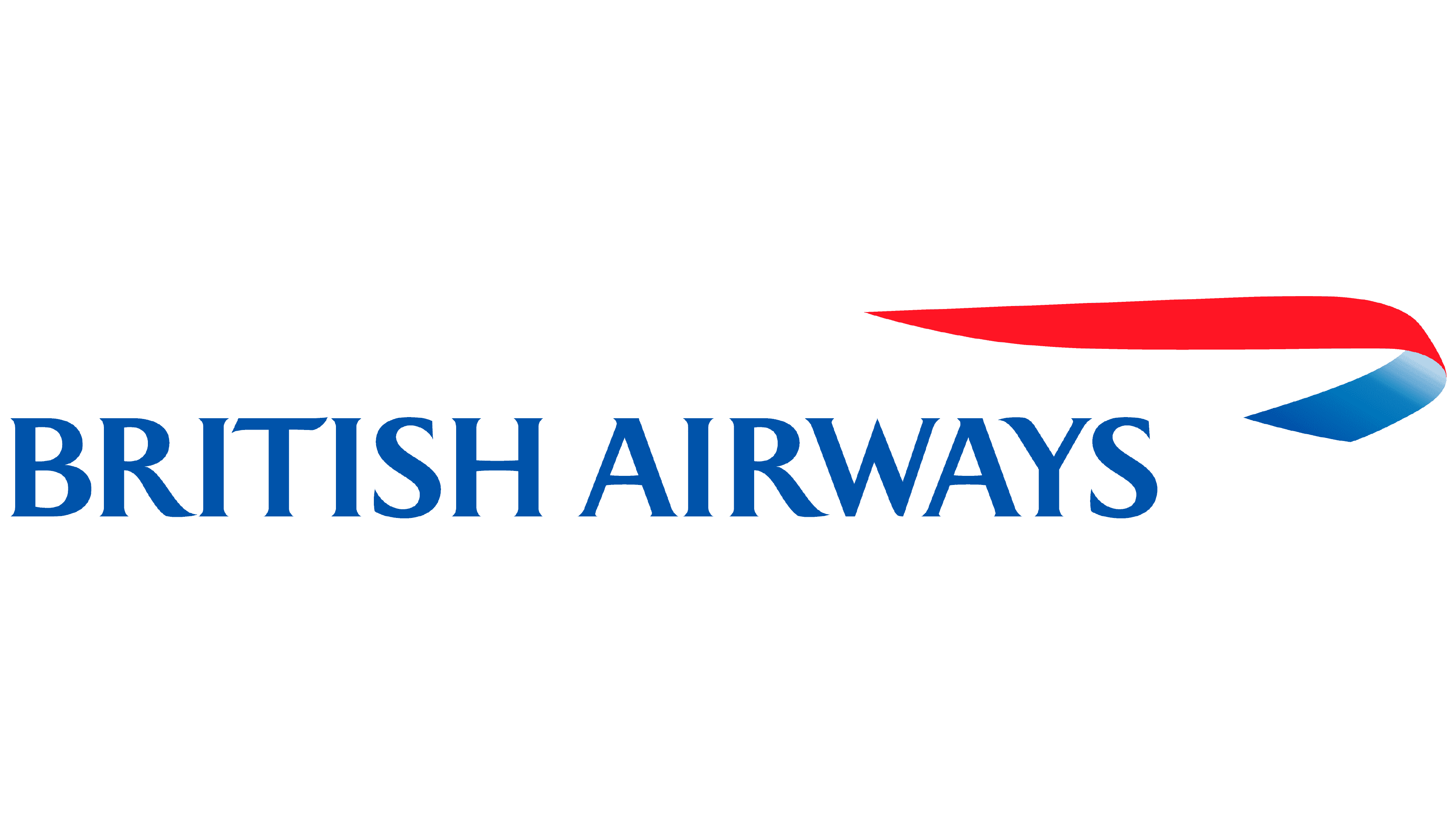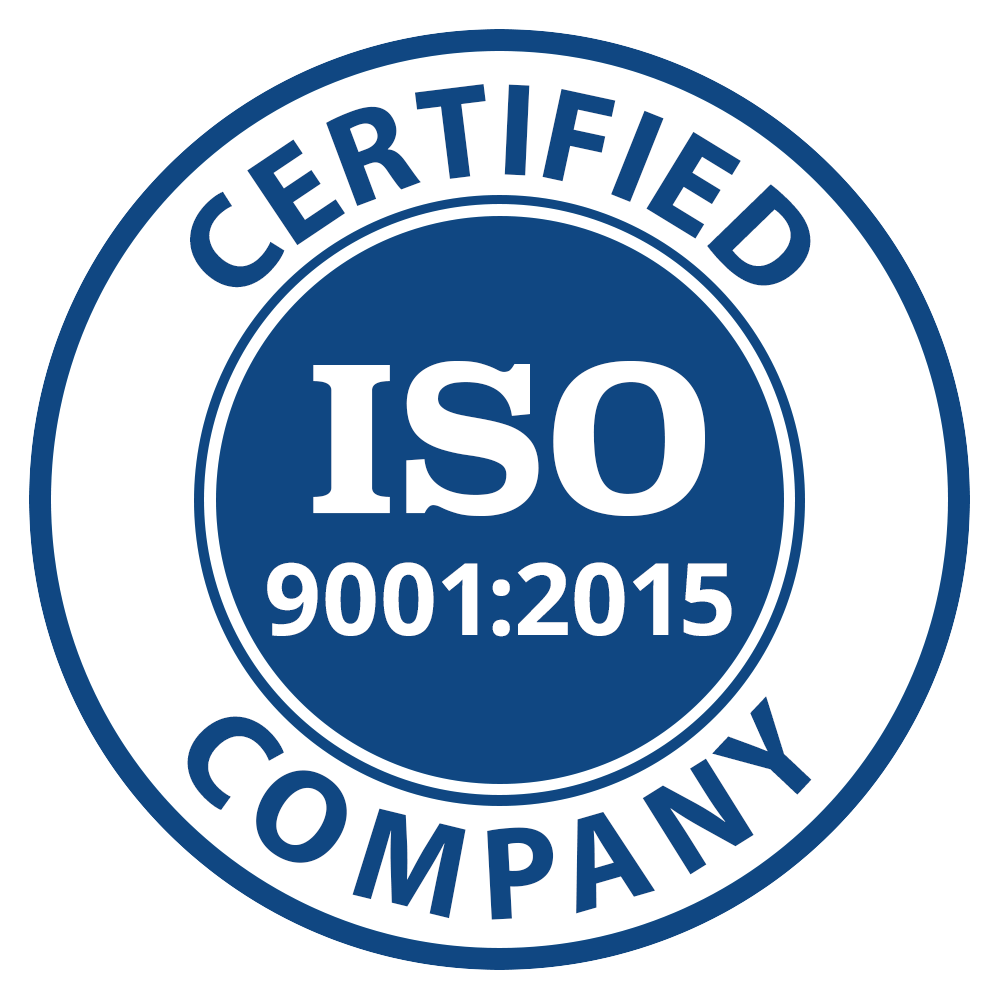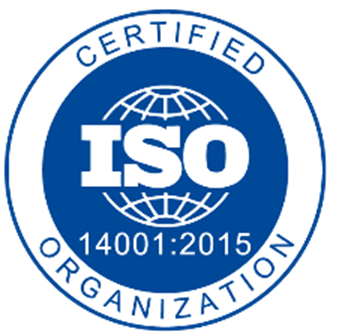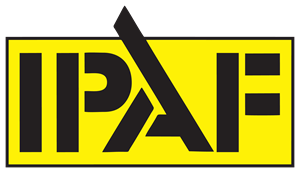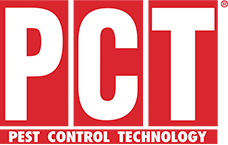Drone Surveys
Drone technology provides you with a more comprehensive and flexible solution to access hard to reach areas.
Free Audit


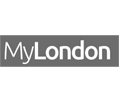

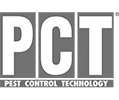

Professional UAV Surveys
Traditional surveys require working at height to be appropriately evaluated, are costly for hard-to-reach areas and come with significant health risks.
UAVs (Unmanned Aerial Vehicles) are changing the way surveys take place. Offering an unrivalled ability to reach the most challenging areas with ease, you can inspect any building with a drone survey, no matter the difficulty.
Our drones are operated by our team of licensed Civil Aviation Authority pilots, who have experience surveying the following:
- Roof inspections
- Bird netting inspections
- High or inaccessible buildings
- Blocked gutter identification
- Wildlife monitoring
- Heat loss identification
- Solar panel inspections
Benefits of Using a Drone for Inspections
We use the latest drone technology to offer various benefits compared to the traditional scaffold, tower and lift inspection. When operated by our experienced and qualified pilots, we’re enabled to give a complete 360 overview of your building, site or premises. We can check existing commercial bird control systems or look for new signs of pests, including pigeons, seagulls, rats, wasps and more.
Get feedback from your building in real-time. Furthermore, we’re always up to date on the laws and legislation of flying UAVs in the UK and are knowledgeable on where it is safe to fly, where it might cause concerns and where flight is entirely restricted.
- Reduced H&S risks
- Lower inspection costs
- Speed and clarity of inspection reports
- Low monitoring costs
- Thermal cost reduction
- Assurance of CAA accredited pilots
Drone surveying is revolutionising the way aerial surveys are being undertaken for previously hard to reach areas. For example, in the past, tall buildings would have required scaffolding, a lift or another method that would cost thousands of pounds or weeks to construct. With our skilled drone pilots, we can provide a highly accurate drone survey of an area that would have been put off or labelled as impossible in the past with ease.
Drones need to be operated by a member of the CAA by law! Chat to our team on 0204 566 5522 to learn more about the options available to survey your project with our latest drone technology.

Frequently asked questions
Is there legislation for drone surveys?
A drone survey must follow the drone and model aircraft code set by the Civil Aviation Authority (CAA). This documentation is updated often, so it’s important to talk to your… A drone survey must follow the drone and model aircraft code set by the Civil Aviation Authority (CAA). This documentation is updated often, so it’s important to talk to your surveyor around the area in which you are flying a…
A drone survey must follow the drone and model aircraft code set by the Civil Aviation Authority (CAA). This documentation is updated often, so it's important to talk to your surveyor around the area in which you are flying a drone. In addition, the CAA states that it is against the law to fly a drone without having someone present with an ID, and you can be fined for breaking this law.
What is the maximum height you can survey with a drone?
The maximum height of a building drone surveying can take place is 120m (400ft), as this is the legal height limit to avoid the chance of impacting the flight of… The maximum height of a building drone surveying can take place is 120m (400ft), as this is the legal height limit to avoid the chance of impacting the flight of an aeroplane.
The maximum height of a building drone surveying can take place is 120m (400ft), as this is the legal height limit to avoid the chance of impacting the flight of an aeroplane.
Are there any areas where you can not conduct a drone survey?
Airports, airfields and near aircrafts are only possible to fly near with permission from the airport. Furthermore, other areas which contain restricted airspace (prisons and government buildings) should be avoided.… Airports, airfields and near aircrafts are only possible to fly near with permission from the airport. Furthermore, other areas which contain restricted airspace (prisons and government buildings) should be avoided. Ask our certified surveyors about the space you would like…
Airports, airfields and near aircrafts are only possible to fly near with permission from the airport. Furthermore, other areas which contain restricted airspace (prisons and government buildings) should be avoided. Ask our certified surveyors about the space you would like to use drone technology; we can identify if it is possible and if permission needs to be granted beforehand.
Do you offer thermal drone surveys?
Yes, we offer thermal aerial imaging using our drone cameras to help improve the performance of your building by identifying heat loss areas. Furthermore, we can improve your solar panels… Yes, we offer thermal aerial imaging using our drone cameras to help improve the performance of your building by identifying heat loss areas. Furthermore, we can improve your solar panels and make sure they are working to their best ability.…
Yes, we offer thermal aerial imaging using our drone cameras to help improve the performance of your building by identifying heat loss areas. Furthermore, we can improve your solar panels and make sure they are working to their best ability. Detailed identification of heat loss from buildings can and has saved companies thousands. That's not all; thermal imaging is not limited to heat loss and can identify water ingress and even improve crop yield for farmers by identifying areas of poor crop growth.
Will the weather impact my drone inspection?
The weather can have adverse effects on the ability to control a drone. For example, it is not recommended Civil Aviation Authority to fly if solid winds could blow a… The weather can have adverse effects on the ability to control a drone. For example, it is not recommended Civil Aviation Authority to fly if solid winds could blow a drone off course. Also, if heavy rain, snow or cold…
The weather can have adverse effects on the ability to control a drone. For example, it is not recommended Civil Aviation Authority to fly if solid winds could blow a drone off course. Also, if heavy rain, snow or cold weather is present, it may damage the drone and cause malfunctions. But, don't worry; if we've arranged a UAV survey and the weather takes a turn for the worse, we will always rearrange.




